
Urban Green Spaces: The Future of Outdoor Living in European Cities by 2025
Urban Green Spaces are becoming increasingly important in European cities as they provide a sustainable solution for outdoor living. With the rise of urbanization, cities are faced with the challenge of providing green spaces for their citizens. By 2025, European cities will have to adapt to the growing demand for outdoor living spaces, and urban green spaces will play a crucial role in this.
Introduction to Urban Green Spaces
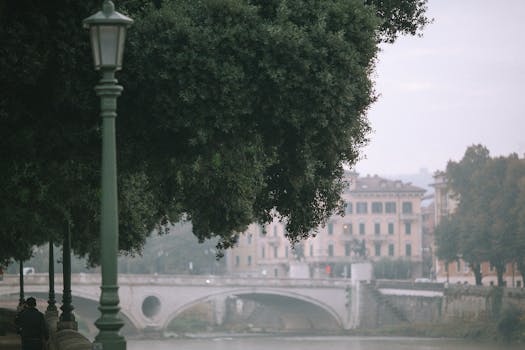
Urban green spaces refer to any area in a city that is covered with vegetation, such as parks, gardens, and green roofs. These spaces provide a range of benefits, including improved air quality, reduced noise pollution, and increased biodiversity. They also offer a space for recreation, socialization, and relaxation, which is essential for the well-being of city dwellers.
The Importance of Urban Green Spaces in European Cities
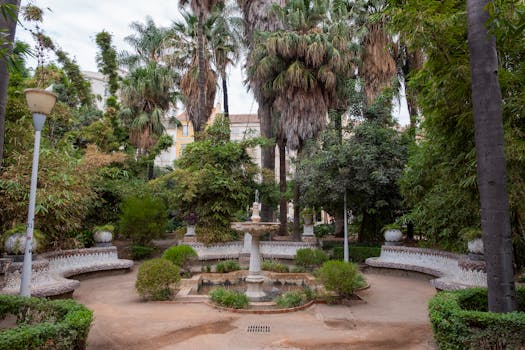
European cities are facing numerous challenges, including climate change, urbanization, and pollution. Urban green spaces can help mitigate these challenges by providing a range of ecosystem services. For example, they can help reduce the urban heat island effect, manage stormwater runoff, and improve air quality. Additionally, they can provide a space for community engagement, social cohesion, and cultural activities.
Benefits of Urban Green Spaces
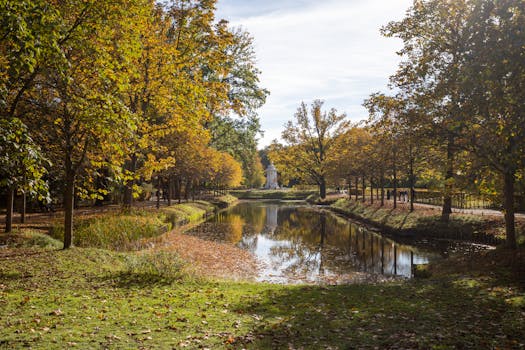
The benefits of urban green spaces are numerous and well-documented. Some of the most significant benefits include:
- Improved air quality: Urban green spaces can help reduce air pollution by absorbing pollutants and producing oxygen.
- Reduced noise pollution: Vegetation in urban green spaces can help reduce noise levels by absorbing sound waves.
- Increased biodiversity: Urban green spaces can provide a habitat for a range of plant and animal species, which can help increase biodiversity in cities.
- Improved mental health: Spending time in urban green spaces can help reduce stress, improve mood, and promote mental well-being.
- Increased social cohesion: Urban green spaces can provide a space for community engagement, socialization, and cultural activities, which can help promote social cohesion.
Challenges and Opportunities for Urban Green Spaces in European Cities
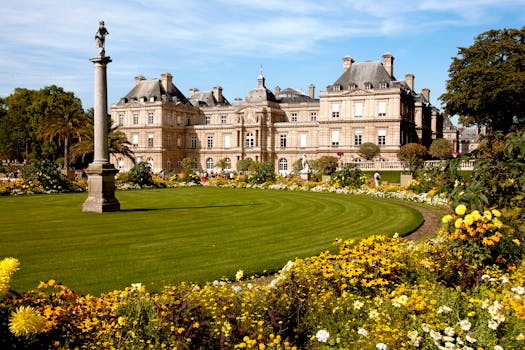
Despite the numerous benefits of urban green spaces, there are several challenges and opportunities that need to be addressed. Some of the most significant challenges include:
- Availability of space: Many European cities are densely populated, and finding available space for urban green spaces can be a challenge.
- Funding: Creating and maintaining urban green spaces requires significant funding, which can be a challenge for cities with limited budgets.
- Community engagement: Urban green spaces can only be successful if they are well-used and maintained by the community. Engaging the community in the planning and maintenance of these spaces is essential.
Future of Urban Green Spaces in European Cities by 2025

By 2025, European cities will have to adapt to the growing demand for outdoor living spaces, and urban green spaces will play a crucial role in this. Some of the most significant trends that will shape the future of urban green spaces include:
- Increased use of technology: Technology, such as green roofs, green walls, and urban agriculture, will become more prevalent in urban green spaces.
- More emphasis on community engagement: Urban green spaces will be designed to promote community engagement, socialization, and cultural activities.
- Greater focus on sustainability: Urban green spaces will be designed to be more sustainable, with a focus on reducing water consumption, using renewable energy, and promoting biodiversity.
Conclusion
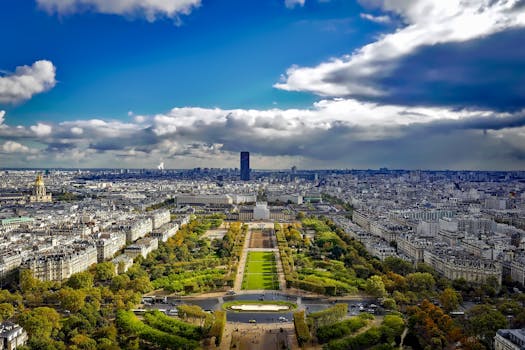
Urban Green Spaces are becoming increasingly important in European cities as they provide a sustainable solution for outdoor living. By 2025, these spaces will play a crucial role in creating a sustainable future for European cities. It is essential that cities prioritize the creation and maintenance of urban green spaces, and that they engage the community in the planning and maintenance of these spaces.
Urban Green Spaces: The Future of Outdoor Living in European Cities by 2025. With the rise of urbanization, cities are faced with the challenge of providing green spaces for their citizens. Urban Green Spaces are becoming increasingly important in European cities as they provide a sustainable solution for outdoor living. By 2025, European cities will have to adapt to the growing demand for outdoor living spaces, and urban green spaces will play a crucial role in this.
What are Urban Green Spaces?
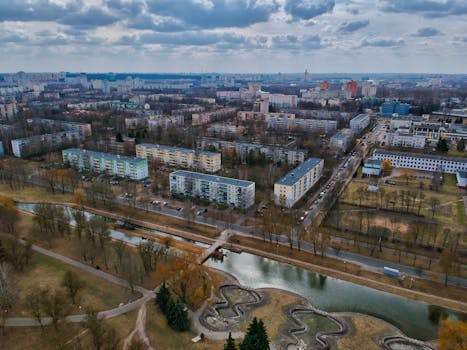
Urban Green Spaces refer to any area in a city that is covered with vegetation, such as parks, gardens, and green roofs. These spaces provide a range of benefits, including improved air quality, reduced noise pollution, and increased biodiversity. They also offer a space for recreation, socialization, and relaxation, which is essential for the well-being of city dwellers.
Benefits of Urban Green Spaces for European Cities

The benefits of urban green spaces are numerous and well-documented. Some of the most significant benefits include:
- Improved air quality: Urban green spaces can help reduce air pollution by absorbing pollutants and producing oxygen.
- Reduced noise pollution: Vegetation in urban green spaces can help reduce noise levels by absorbing sound waves.
- Increased biodiversity: Urban green spaces can provide a habitat for a range of plant and animal species, which can help increase biodiversity in cities.
- Improved mental health: Spending time in urban green spaces can help reduce stress, improve mood, and promote mental well-being.
- Increased social cohesion: Urban green spaces can provide a space for community engagement, socialization, and cultural activities, which can help promote social cohesion.
Urban Green Spaces and Sustainability
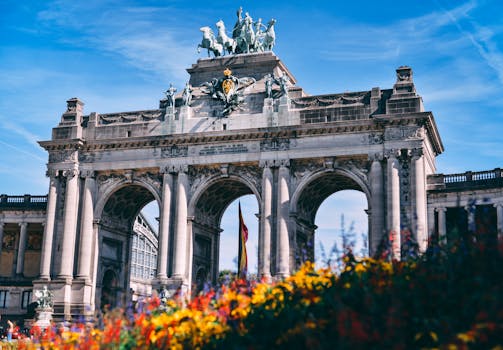
Urban green spaces can play a crucial role in promoting sustainability in European cities. By providing a range of ecosystem services, including air purification, noise reduction, and climate regulation, urban green spaces can help reduce the environmental impact of cities. Additionally, they can provide a space for community engagement, socialization, and cultural activities, which can help promote social cohesion and a sense of community.
Urban Green Spaces and Community Engagement

Urban green spaces can only be successful if they are well-used and maintained by the community. Engaging the community in the planning and maintenance of these spaces is essential. This can include activities such as community gardening, volunteer events, and cultural festivals. By engaging the community, urban green spaces can become a vibrant and dynamic part of the city, providing a range of benefits for residents and visitors alike.
Urban Green Spaces and Technology
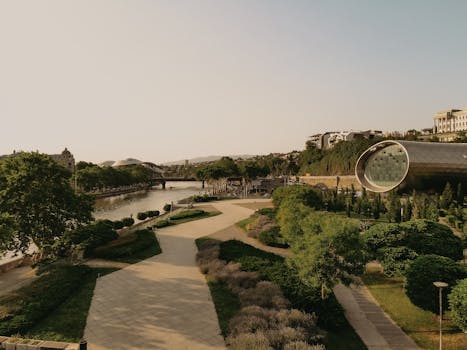
Technology can play a crucial role in the creation and maintenance of urban green spaces. For example, green roofs and green walls can be used to provide additional green space in cities, while urban agriculture can provide a sustainable source of food. Additionally, technology can be used to monitor and maintain urban green spaces, ensuring that they are safe and accessible for all users.
Conclusion
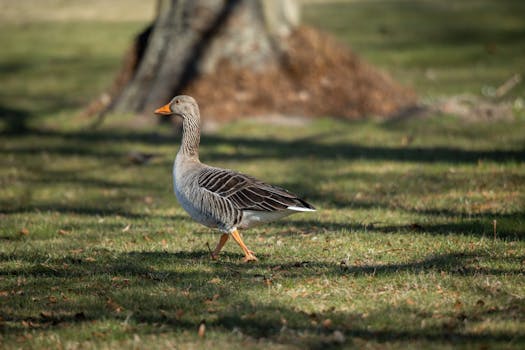
Urban Green Spaces are becoming increasingly important in European cities as they provide a sustainable solution for outdoor living. By 2025, these spaces will play a crucial role in creating a sustainable future for European cities. It is essential that cities prioritize the creation and maintenance of urban green spaces, and that they engage the community in the planning and maintenance of these spaces.
Urban Green Spaces: The Future of Outdoor Living in European Cities by 2025. With the rise of urbanization, cities are faced with the challenge of providing green spaces for their citizens. Urban Green Spaces are becoming increasingly important in European cities as they provide a sustainable solution for outdoor living. By 2025, European cities will have to adapt to the growing demand for outdoor living spaces, and urban green spaces will play a crucial role in this.
Recommendations for Urban Green Spaces in European Cities
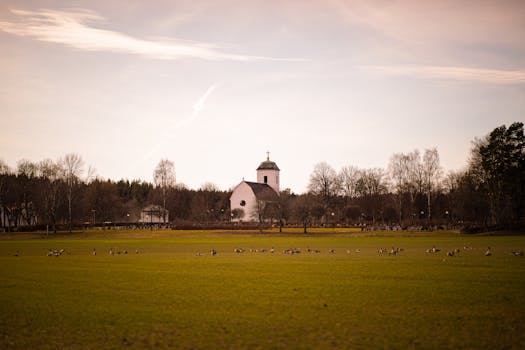
To ensure that urban green spaces are successful, cities should prioritize the following:
- Community engagement: Engage the community in the planning and maintenance of urban green spaces to ensure that they are well-used and maintained.
- Sustainability: Prioritize sustainability in the creation and maintenance of urban green spaces, including the use of renewable energy and reducing water consumption.
- Technology: Utilize technology to monitor and maintain urban green spaces, and to provide additional green space in cities through green roofs and green walls.
- Accessibility: Ensure that urban green spaces are accessible and safe for all users, including those with disabilities.
Conclusion

Urban Green Spaces are becoming increasingly important in European cities as they provide a sustainable solution for outdoor living. By 2025, these spaces will play a crucial role in creating a sustainable future for European cities. It is essential that cities prioritize the creation and maintenance of urban green spaces, and that they engage the community in the planning and maintenance of these spaces.
Urban Green Spaces: The Future of Outdoor Living in European Cities by 2025. With the rise of urbanization, cities are faced with the challenge of providing green spaces for their citizens. Urban Green Spaces are becoming increasingly important in European cities as they provide a sustainable solution for outdoor living. By 2025, European cities will have to adapt to the growing demand for outdoor living spaces, and urban green spaces will play a crucial role in this.
Urban Green Spaces and the Future of European Cities

By 2025, European cities will have to adapt to the growing demand for outdoor living spaces, and urban green spaces will play a crucial role in this. Urban green spaces will provide a range of benefits, including improved air quality, reduced noise pollution, and increased biodiversity. They will also provide a space for recreation, socialization, and relaxation, which is essential for the well-being of city dwellers.
Conclusion
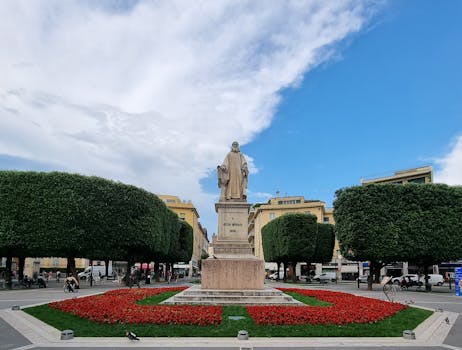
Urban Green Spaces are becoming increasingly important in European cities as they provide a sustainable solution for outdoor living. By 2025, these spaces will play a crucial role in creating a sustainable future for European cities. It is essential that cities prioritize the creation and maintenance of urban green spaces, and that they engage the community in the planning and maintenance of these spaces.
Urban Green Spaces: The Future of Outdoor Living in European Cities by 2025. With the rise of urbanization, cities are faced with the challenge of providing green spaces for their citizens. Urban Green Spaces are becoming increasingly important in European cities as they provide a sustainable solution for outdoor living. By 2025, European cities will have to adapt to the growing demand for outdoor living spaces, and urban green spaces will play a crucial role in this.
What Can We Do to Support Urban Green Spaces?
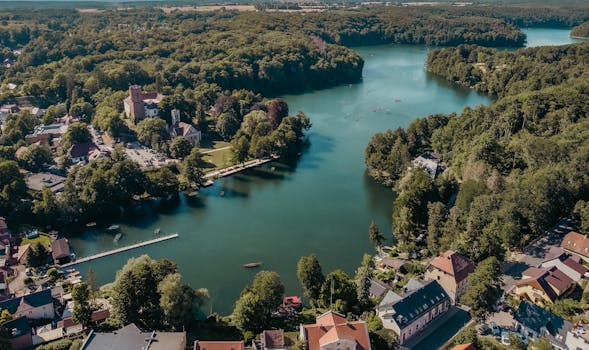
To support urban green spaces, individuals can take a range of actions, including:
- Volunteering: Volunteer to help maintain and improve urban green spaces in your community.
- Community engagement: Engage with your community to promote the importance of urban green spaces and to encourage their use.
- Sustainability: Prioritize sustainability in your daily life, including reducing your carbon footprint and using public transport.
- Supporting local initiatives: Support local initiatives that promote the creation and maintenance of urban green spaces.
Conclusion

Urban Green Spaces are becoming increasingly important in European cities as they provide a sustainable solution for outdoor living. By 2025, these spaces will play a crucial role in creating a sustainable future for European cities. It is essential that cities prioritize the creation and maintenance of urban green spaces, and that they engage the community in the planning and maintenance of these spaces.
Urban Green Spaces: The Future of Outdoor Living in European Cities by 2025. With the rise of urbanization, cities are faced with the challenge of providing green spaces for their citizens. Urban Green Spaces are becoming increasingly important in European cities as they provide a sustainable solution for outdoor living. By 2025, European cities will have to adapt to the growing demand for outdoor living spaces, and urban green spaces will play a crucial role in this.
Urban Green Spaces and the Role of Technology
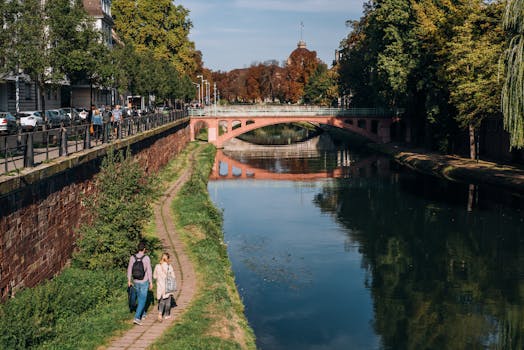
Technology can play a crucial role in the creation and maintenance of urban green spaces. For example, green roofs and green walls can be used to provide additional green space in cities, while urban agriculture can provide a sustainable source of food. Additionally, technology can be used to monitor and maintain urban green spaces, ensuring that they are safe and accessible for all users.
Conclusion
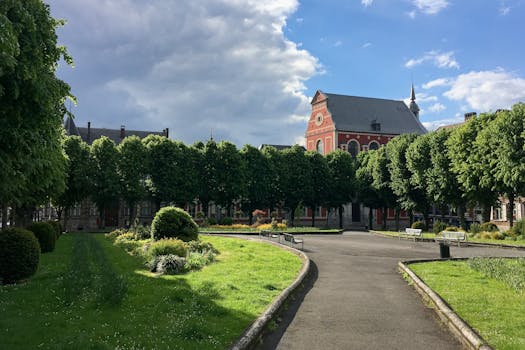
Urban Green Spaces are becoming increasingly important in European cities as they provide a sustainable solution for outdoor living. By 2025, these spaces will play a crucial role in creating a sustainable future for European cities. It is essential that cities prioritize the creation and maintenance of urban green spaces, and that they engage the community in the planning and maintenance of these spaces.
Urban Green Spaces: The Future of Outdoor Living in European Cities by 2025. With the rise of urbanization, cities are faced with the challenge of providing green spaces for their citizens. Urban Green Spaces are becoming increasingly important in European cities as they provide a sustainable solution for outdoor living. By 2025, European cities will have to adapt to the growing demand for outdoor living spaces, and urban green spaces will play a crucial role in this.
Urban Green Spaces and the Future of Sustainability
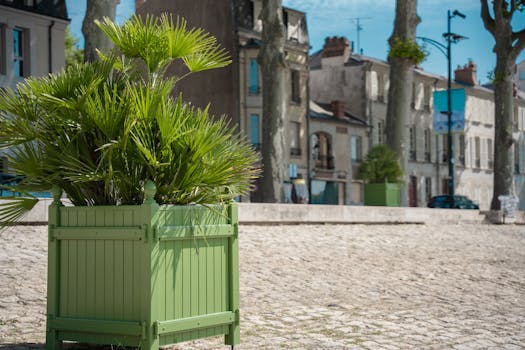
By 2025, European cities will have to adapt to the growing demand for outdoor living spaces, and urban green spaces will play a crucial role in this. Urban green spaces will provide a range of benefits, including improved air quality, reduced noise pollution, and increased biodiversity. They will also provide a space for recreation, socialization, and relaxation, which is essential for the well-being of city dwellers.
Conclusion
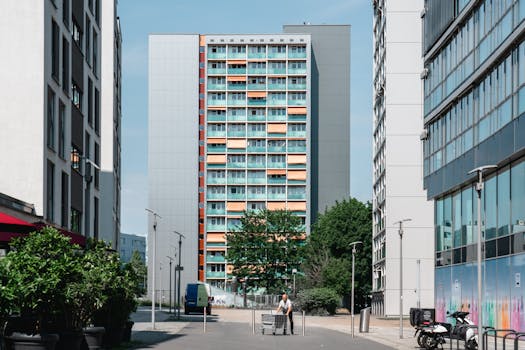
Urban Green Spaces are becoming increasingly important in European cities as they provide a sustainable solution for outdoor living. By 2025, these spaces will play a crucial role in creating a sustainable future for European cities. It is essential that cities prioritize the creation and maintenance of urban green spaces, and that they engage the community in the planning and maintenance of these spaces.
Urban Green Spaces: The Future of Outdoor Living in European Cities by 2025. With the rise of urbanization, cities are faced with the challenge of providing green spaces for their citizens. Urban Green Spaces are becoming increasingly important in European cities as they provide a sustainable solution for outdoor living. By 2025, European cities will have to adapt to the growing demand for outdoor living spaces, and urban green spaces will play a crucial role in this.





